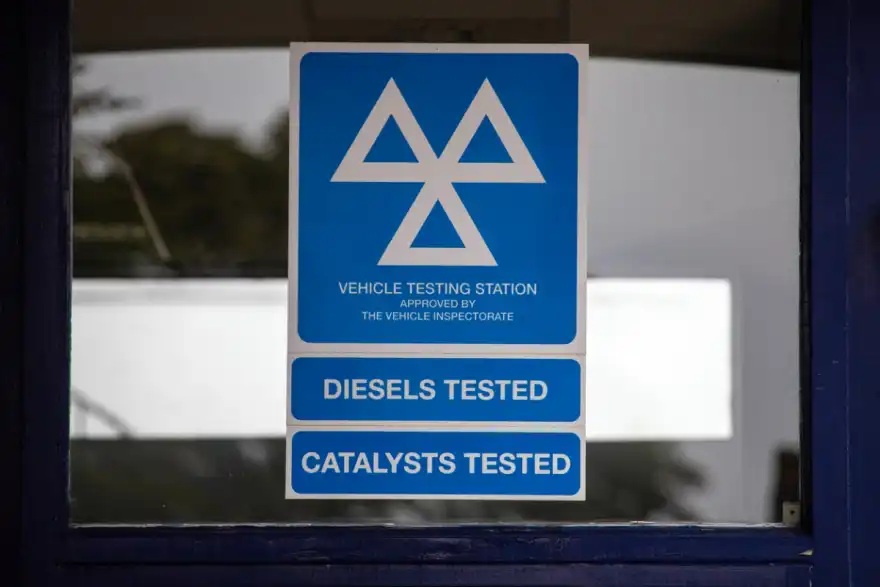
Drivers are being warned that failing to carry out simple tyre checks could lead to an MOT failure – and may even invalidate their insurance.
Experts at Falken Tyre say that some of the most common issues spotted during MOT tests can be identified and fixed easily beforehand. Regular tyre checks can save motorists from costly failures and keep their vehicles safe on the road.
Andreas Giese, chief corporate officer at Falken Tyre Europe, explained: “Tyres are critical for road safety because they are the only part of the car that makes contact with the road. If your tyres are worn, underinflated or damaged, you’re at higher risk of longer braking distances, reduced grip and poor stability - especially in wet or slippery conditions.”
He added that tyre-related issues are a frequent cause of MOT failures, making pre-test inspections well worth the effort.
What to check before your MOT
- Tyre pressures
Underinflated tyres can cause an instant fail. Drivers should regularly check their pressures to match the manufacturer’s recommended levels. Correct inflation improves fuel economy, braking performance and handling – and helps avoid uneven wear that could also lead to failure.
- Tyre tread depth
The legal minimum tread depth is 1.6mm. You can check this using a tread depth gauge or the simple 20p test – if the outer rim of the coin is still visible when inserted into the groove, the tread is too low and the tyre will fail the MOT.
- Sidewall condition
Bulges, deep cuts or visible damage on the tyre’s sidewall suggest structural issues. These will typically result in an MOT fail and should be addressed immediately.
Mr Giese advises: “Sidewall damage affects the structure of the tyre, so it’s important to replace any tyre showing this type of wear as soon as possible.”
- Cuts and exposed cords
Any deep cuts or damage to the tread or shoulder that exposes the cords or ply will automatically fail the test. Objects like nails or sharp debris embedded in the tyre should also be removed and assessed.
- TPMS (Tyre Pressure Monitoring System)
If your car is fitted with a TPMS, it will be checked during the MOT. Make sure the system is working properly and that all sensors are functioning.
The bottom line
A quick tyre check could prevent an MOT failure, save money and help keep you - and others - safe on the road.


